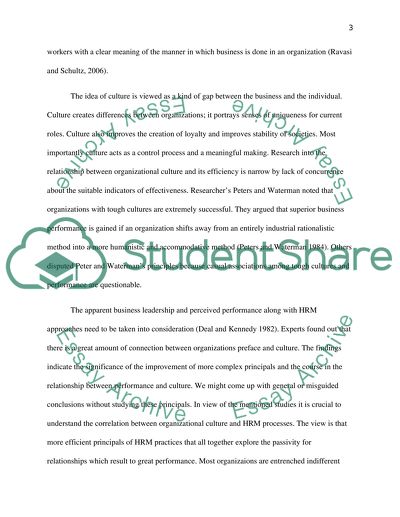Cite this document
(“Discuss how the learning of organisation theories can be of help for Essay”, n.d.)
Discuss how the learning of organisation theories can be of help for Essay. Retrieved from https://studentshare.org/human-resources/1692974-discuss-how-the-learning-of-organisation-theories-can-be-of-help-for-practitioners-in-particular-human-resource-management-professionals-based-on-leadership-and-organisational-culture
Discuss how the learning of organisation theories can be of help for Essay. Retrieved from https://studentshare.org/human-resources/1692974-discuss-how-the-learning-of-organisation-theories-can-be-of-help-for-practitioners-in-particular-human-resource-management-professionals-based-on-leadership-and-organisational-culture
(Discuss How the Learning of Organisation Theories Can Be of Help for Essay)
Discuss How the Learning of Organisation Theories Can Be of Help for Essay. https://studentshare.org/human-resources/1692974-discuss-how-the-learning-of-organisation-theories-can-be-of-help-for-practitioners-in-particular-human-resource-management-professionals-based-on-leadership-and-organisational-culture.
Discuss How the Learning of Organisation Theories Can Be of Help for Essay. https://studentshare.org/human-resources/1692974-discuss-how-the-learning-of-organisation-theories-can-be-of-help-for-practitioners-in-particular-human-resource-management-professionals-based-on-leadership-and-organisational-culture.
“Discuss How the Learning of Organisation Theories Can Be of Help for Essay”, n.d. https://studentshare.org/human-resources/1692974-discuss-how-the-learning-of-organisation-theories-can-be-of-help-for-practitioners-in-particular-human-resource-management-professionals-based-on-leadership-and-organisational-culture.


